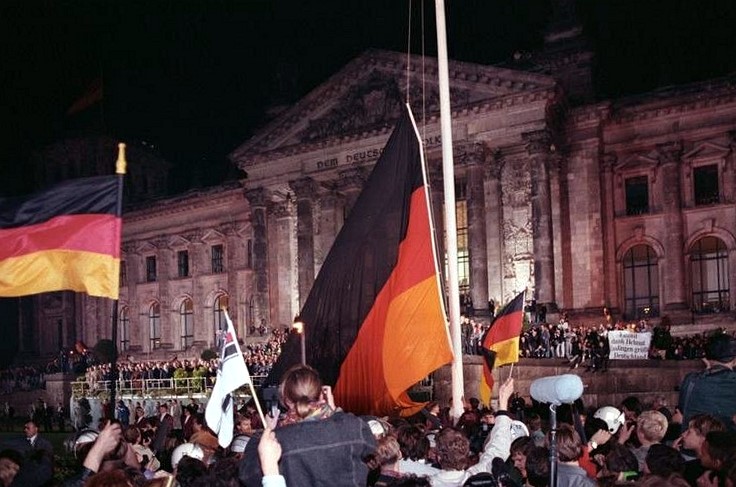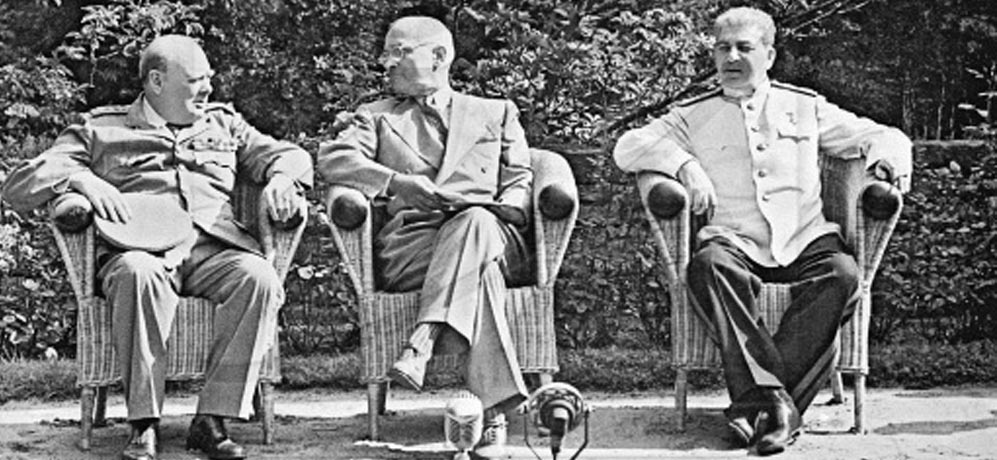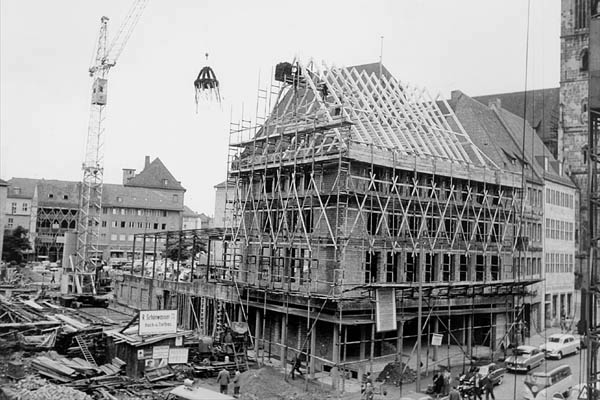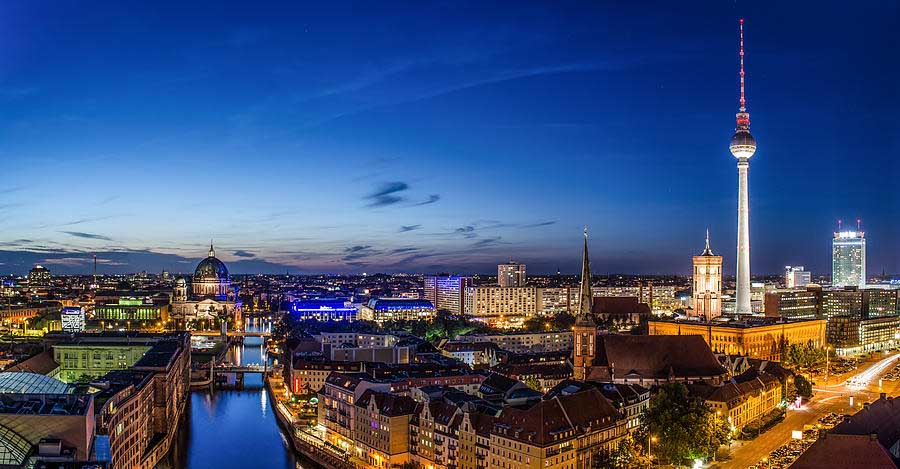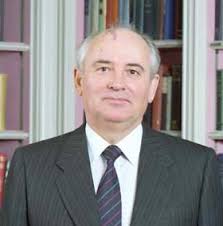
Mikhail Gorbachev was instrumental in the fall of the Berlin wall and the end of the cold war.
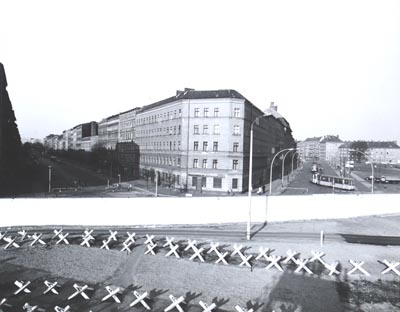
"The Anti Fascist Protection Barrier".
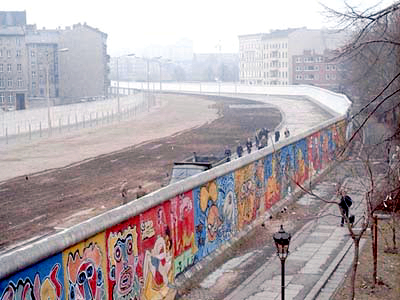
The Berlin wall was used as a canvas for many artists.
Bay of Pigs
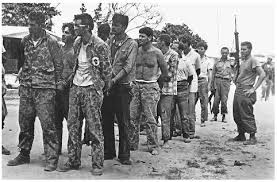 The conflict known as the Bay of Pigs Invasion was a failed invasion of Cuba by a paramilitary group Brigade 2506 which was made up of exiled Cubans trained and supplied by USA’s Central Intelligence Agency. The intention was to overthrow the communist government of Fidel Castro. The offensive was a shambles and the invading force was defeated by the Cuban Revolutionary Armed Forces under the command of Fidel Castro within only 3 days of their launch from Guatemala.
The conflict known as the Bay of Pigs Invasion was a failed invasion of Cuba by a paramilitary group Brigade 2506 which was made up of exiled Cubans trained and supplied by USA’s Central Intelligence Agency. The intention was to overthrow the communist government of Fidel Castro. The offensive was a shambles and the invading force was defeated by the Cuban Revolutionary Armed Forces under the command of Fidel Castro within only 3 days of their launch from Guatemala. Fidel Castro Seizes Power of Cuba
Pro American President of Cuba, General Fulgencio Batista was overthrown on January 1st 1959 by a young left wing Cuban nationalist called Fidel Castro d his guerrilla army. This was seen as a big blow to Washington as his political position was more in line than that of America’s enemy The Soviet Union that its own.
Over the next 2 years the USA and its various agencies did all they could to oust Castro and his government from power until they decided on a final definitive strike in the form of an invasion by 1400 American trained Cuban nationals who had fled their homes when Castro snatched power. But the invasion did not go to plan and the badly outnumbered force surrendered within days of their launch.
Although many Cubans had welcomed Fidel Castro’s regime into power it made the situation uncomfortable for the USA with the Island being situated just 100 miles the shores of The United States. Although former president General Batista had been somewhat of a tyrant he was considered an ally by the US, he was thought to be anti-communist and much of Cuba’s infrastructure and production were American owned and Batista had done nothing to counter the trend but when Castro took power the situation changed.
Fidel Castro was openly anti-American, he wanted the Cuban people to take more control over their own businesses and affairs and his rhetoric included slogans such as Cuba Si Yanquis No which translates and Cuba Yes Yankees No. Castro began immediately began to reduce American influence in Cuba by nationalising industries formerly dominated by the US and introducing reforms and calling for other Latin American governments to act more independently.
Cuba Establishes Diplomatic Relations with the USSR
When the new Cuban regime began to negotiate with the Soviet Union alarm bells began to ring in the Whitehouse, the idea of having a Soviet ally on their doorstep was unthinkable for the US, they responded by halting all importation of Cuban sugar to the US which accounted for 80% of the Cuban sugar trade but not to be trumped by this move the Soviets responded by agreeing to buy the sugar instead.
At the start of 1961 America had given up on finding a diplomatic solution to the stalemate and severed diplomatic relations and set a course for a military conflict. The new President John F Kennedy wanted to make a statement to other communist nations like China and The Soviet Union.
Bay of Pigs Invasion
The original plan for the Bay of Pigs Invasion was thought up by previous President Eisenhower but taken on by Kennedy, It was thought that a direct attack on Cuba by the Us would be considered an act of war by the Soviets so indirect action was preferred and it was hoped the mission would spark an uprising within the country. The plan was to knock out the small Cuban air force with a pre-emptive struck and thus make defence form invasion near impossible. In April 1961 the Cuban exiles took a squadron of B-26 supplied and disguised by the Americans bombers to knock out the Cuban airfields only to discover that the Cubans knew of the attack and had moved their aircraft. Not for the first time, Kennedy’s confidence in the mission was wavering but it was too late pull out so the invasion began as planned and the exiles landed in the south of the island in the area known as the Bay of Pigs.
Right from the start the invasion was a catastrophe, some ships got into problems on their way into shore, backup troops landed in the wrong place and in an disastrous turn of events a radio station on the beach which had not been spotted by CIA reconnaissance teams broadcast the entire event which allowed Cuban forces to pin the squadron on the beach head and they were forced to surrender in the first day of fighting with most of their 1400 strong force being taken captive.
Kennedy’s attempts to de-throne Castro did not end there but he was still unwilling to send the American military into Cuba so in November 1961 Operation Mongoose was approved which was to entail a series of espionage, sabotage and even assassinations but without going so far as to provoke a major military conflict with the Soviet enemies. But in 1962 the crisis would take an upturn when the Cuban Missile Crisis would ramp up tensions between two of the World’s major powers.

